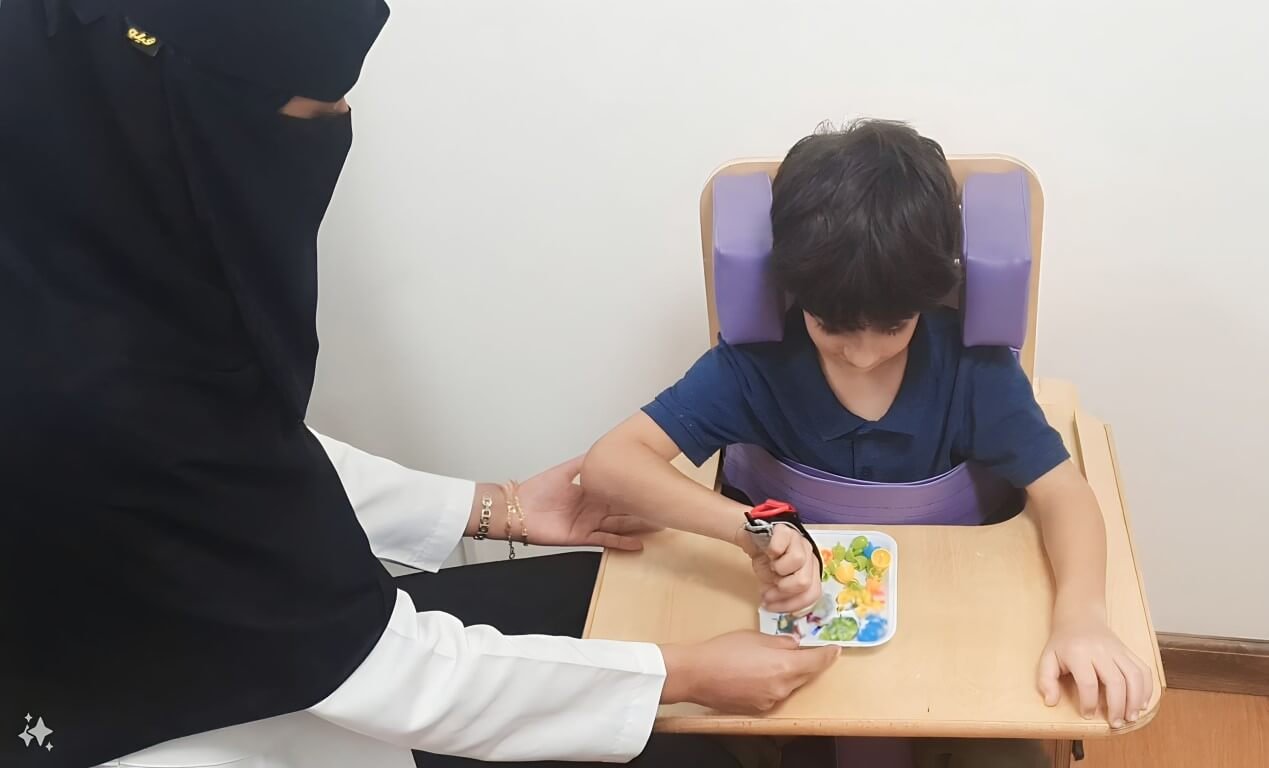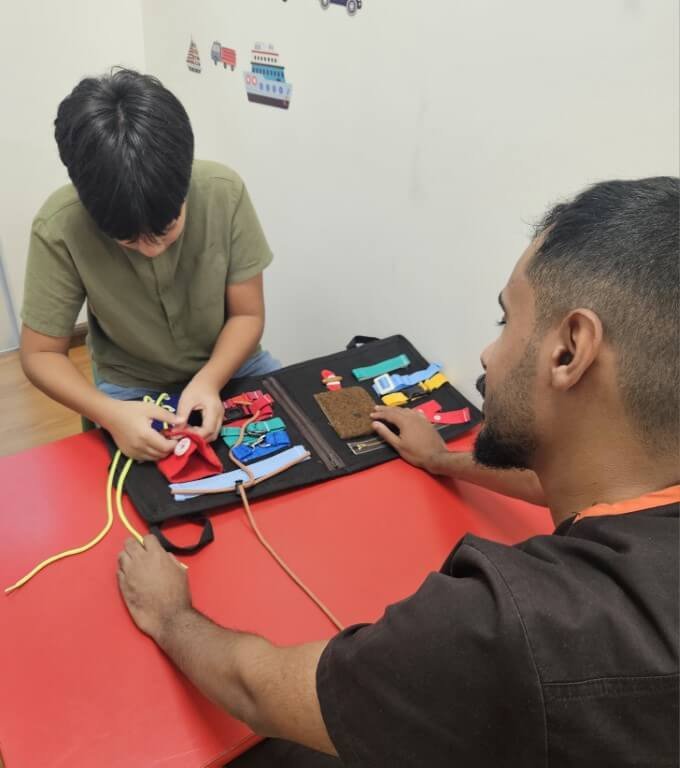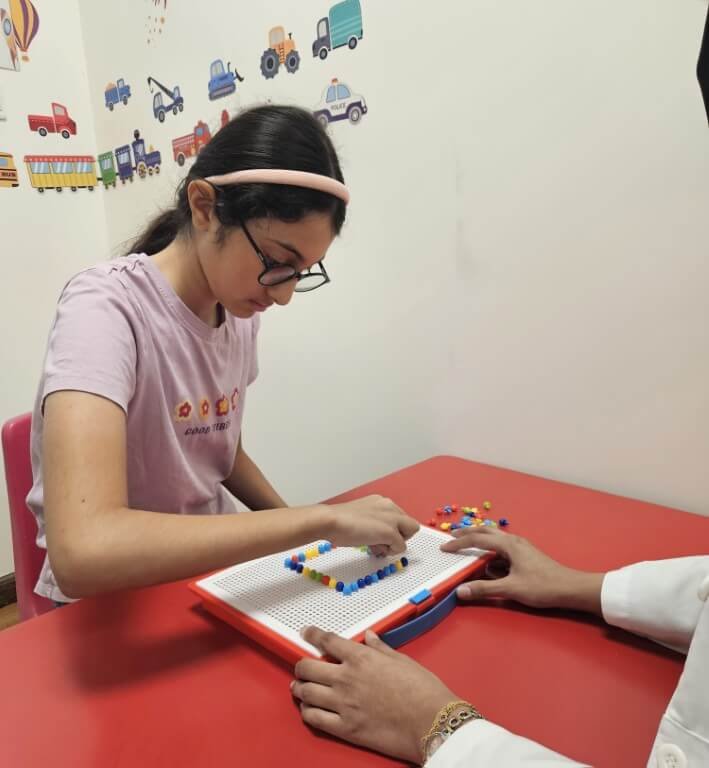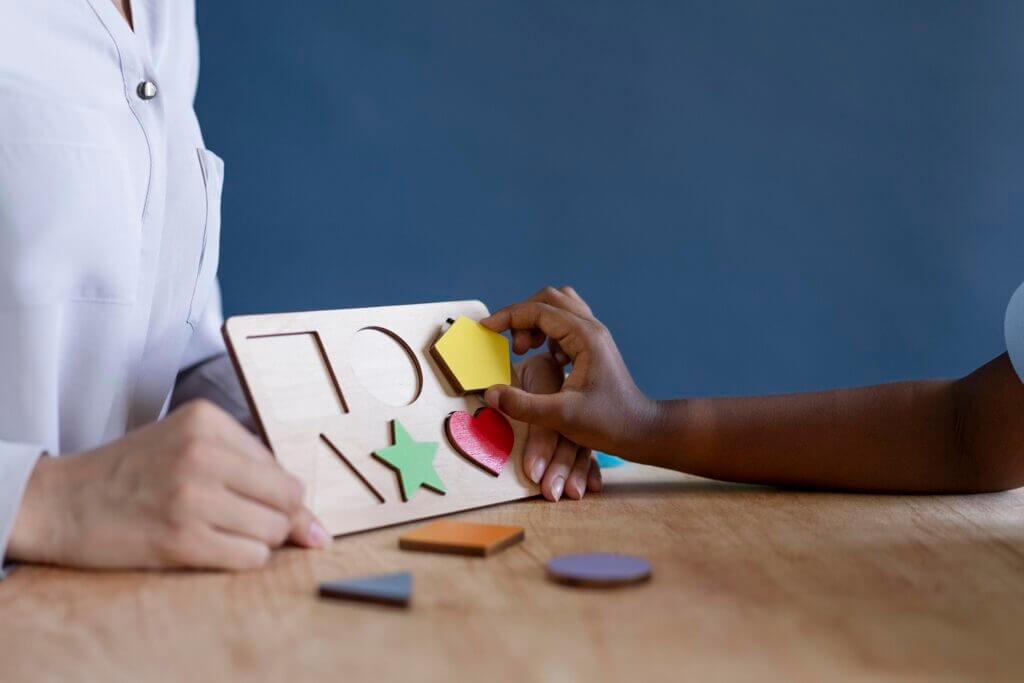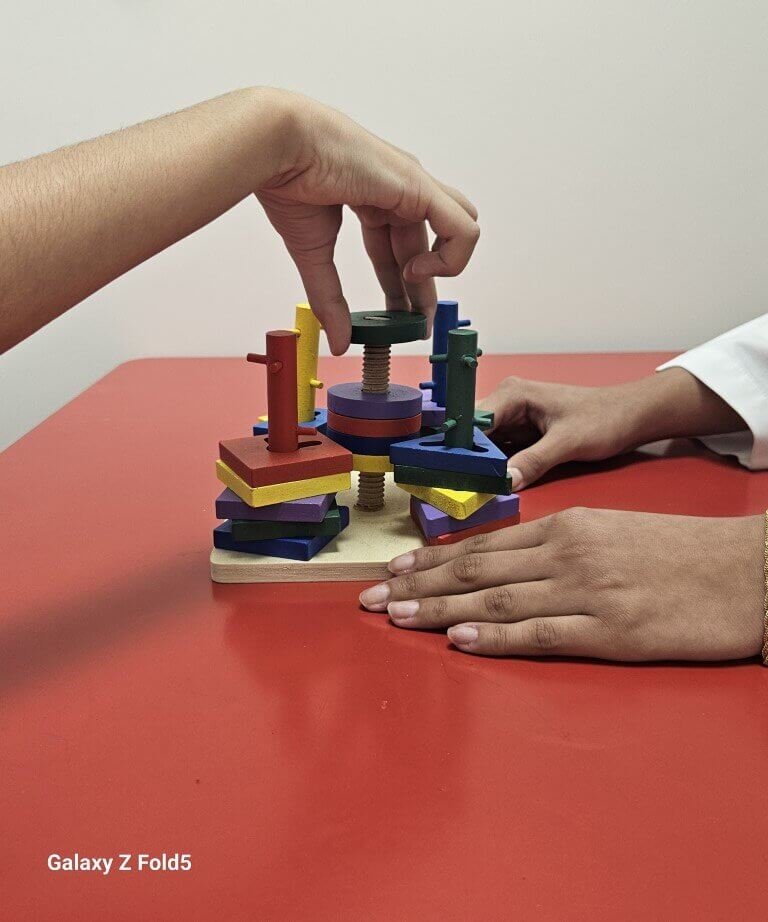
There are many reasons why a child may need to be trained to eat, such as:
- Medical disorders: such as cerebral palsy, autism, or swallowing difficulties.
- Sensory sensitivity: where the child rejects certain foods or textures because he is overly sensitive to them.
- Previous negative experiences: such as choking or vomiting while eating.
- Sensory feeding: Using foods with different textures and colors to stimulate the senses and encourage your child to try new foods.
- Motor skills training: Use games and activities that help develop the motor skills needed for eating, such as blowing trumpets or playing games that require the use of the tongue.
- Behavioral techniques: Use reinforcement and training techniques to encourage positive behavior during eating.
- Modify the environment: Modify the eating environment to make it more comfortable and attractive to the child.



